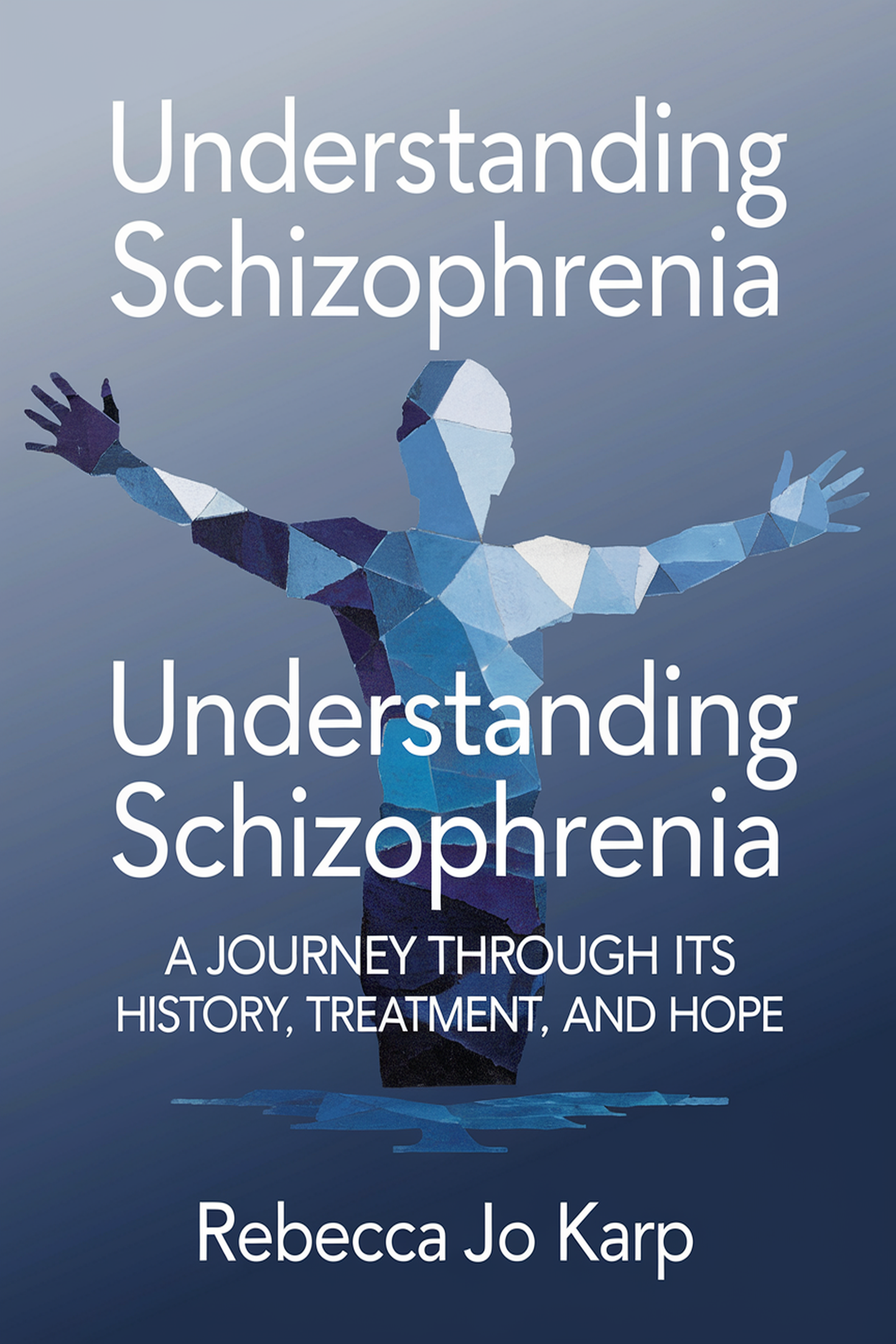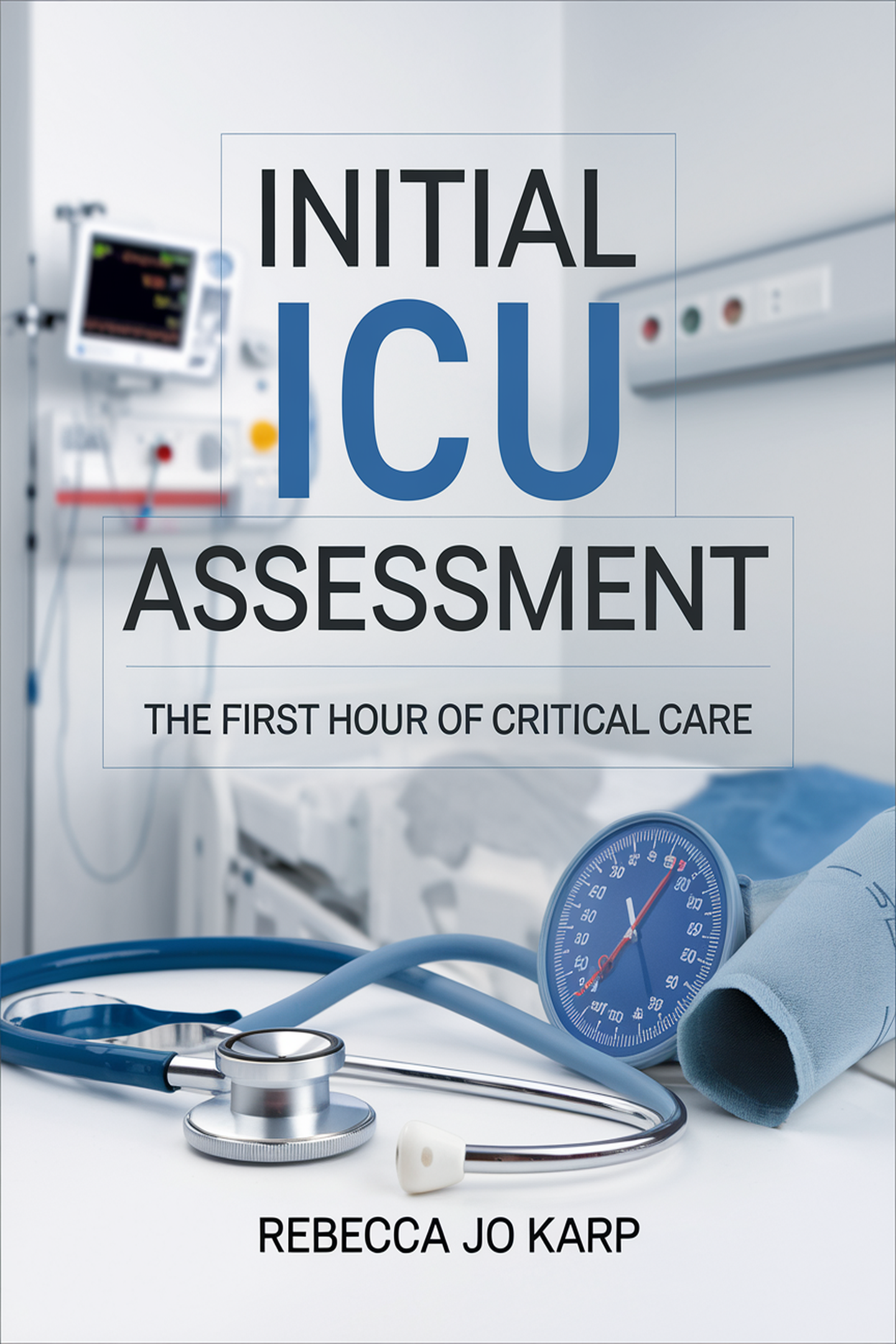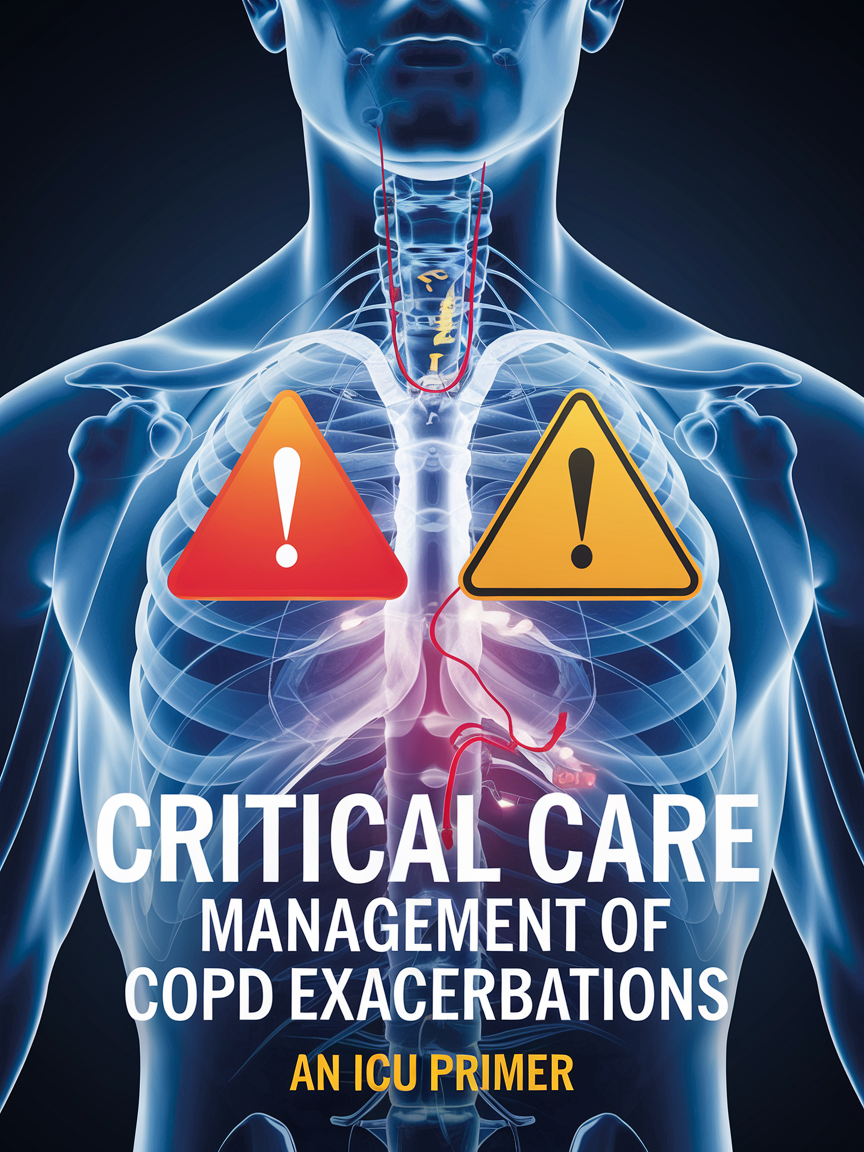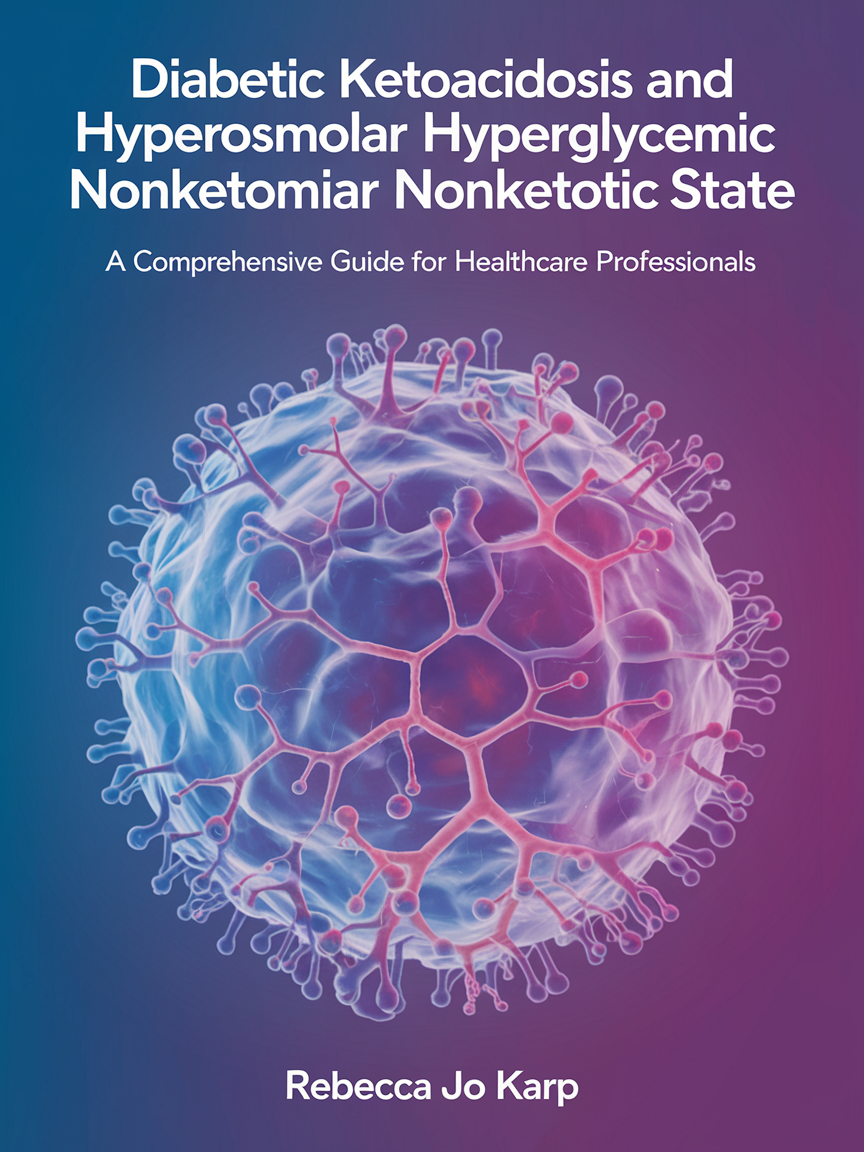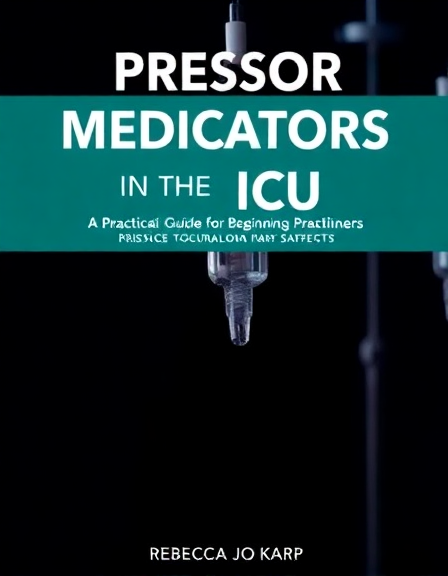Rebecca Jo Karp
Biography
Registered Nurse working in St. Paul, Minnesota. I enjoy sewing, bead work and jewelry making for fun.
Reviews Summary
3.9
Rating Breakdown
12 total ratings
Registered Nurse working in St. Paul, Minnesota. I enjoy sewing, bead work and jewelry making for fun.
3.9
Rating Breakdown
12 total ratings
This textbook offers a solid overview of managing COPD exacerbations in the ICU setting. It covers essential topics like pathophysiology and diagnosis with good detail for its purpose. The breakdown of treatment strategies, including ventilation and pharmacotherapy, was clear. I appreciated the practical approach to recognizing deterioration and preventing complications. However, some sections felt a bit dense and could have used more illustrative examples. The language was quite technical, which is appropriate for the intended audience. It provides a useful foundation for intensivists, nurses, and respiratory therapists. I learned a lot about the critical care aspects of these complex patients. Overall, it's a valuable resource for those working directly in the ICU. The information presented is up-to-date and evidence-based, which is a plus. While it's comprehensive, the readability could be improved for some readers. It serves its purpose as a primer but isn't exactly light reading for fun.
This textbook offers a solid, if somewhat dry, exploration of critical care for COPD exacerbations. The content is logically structured, moving from pathophysiology to advanced interventions, but some sections felt a little repetitive. Karp's writing is functional and clear, prioritizing information over narrative flow. The detailed explanations of mechanical ventilation principles and non-invasive support are particularly strong. I appreciated the emphasis on evidence-based strategies, though more case examples would have been beneficial. The text effectively distills complex information for the intended multidisciplinary audience. While comprehensive, the primer could benefit from a more engaging presentation to retain reader interest. It serves its purpose as a reference, but might not be the most captivating read. The practical guidance is valuable for any clinician working in the ICU setting. I would recommend it for its thoroughness, but with the caveat that it requires dedicated reading.
This textbook is an incredibly valuable resource for anyone working in critical care. It offers a thorough exploration of COPD exacerbations, from pathophysiology to cutting-edge management strategies. Karp masterfully breaks down complex topics into digestible, actionable advice for the ICU setting. The integration of evidence-based treatment and practical clinical examples is a significant strength. I particularly appreciated the detailed discussion on mechanical ventilation principles tailored for these patients. While highly informative, some sections felt a bit dense, requiring careful rereading. The organization around recognizing deterioration and preventing complications is exceptionally well done. It truly serves as an indispensable guide for intensivists, nurses, and respiratory therapists. This book will undoubtedly improve patient outcomes by enhancing clinical decision-making. It is a foundational text for refining expertise in managing critically ill COPD patients.
This textbook is a truly excellent resource for anyone needing to understand DKA and HHNS. It breaks down the complex science behind these conditions in a really clear way. I appreciated how the author explained the distinct signs and symptoms of each emergency. The sections on fluid management and electrolyte replacement were particularly helpful. Learning about continuous glucose monitoring and its importance was a key takeaway for me. The focus on patient education is vital and well-presented. It's a practical guide that feels very applicable to real-world healthcare scenarios. I would definitely recommend this to nurses, doctors, and anyone working with diabetic patients. It made a potentially overwhelming topic feel much more manageable. The author clearly has a deep understanding of the subject matter. I learned a lot from reading this comprehensive guide. It's a valuable addition to any medical professional's library.
This textbook offers a solid, albeit somewhat dry, exploration of DKA and HHNS for healthcare professionals. The systematic approach to pathophysiology and treatment protocols is commendable, though at times the content felt overly segmented. While the writing is clear and informative, the textbook style can make for less engaging reading than one might hope for. The consistent focus on evidence-based practice and actionable guidance is a significant strength, particularly for practical application. I appreciated the detailed sections on electrolyte replacement and glucose monitoring, which are crucial for managing these emergencies. The inclusion of patient education strategies is a vital addition, reinforcing the holistic approach to diabetes care. However, the book could benefit from more case studies to illustrate the theoretical concepts more vividly. The lack of deep dives into the nuances of differential diagnosis for less common presentations was a missed opportunity. Overall, it serves its purpose as a comprehensive reference, though it doesn't quite achieve a compelling narrative flow. It will be a useful addition to a clinical library for those seeking detailed information on these specific conditions. The structure is logical, allowing for quick reference, which is important in a clinical setting. While it fulfills its promise of being a guide, it could be more engaging for the intended audience.
Rebecca Jo Karp's guide on DKA and HHNS is a truly exceptional resource for healthcare professionals. It masterfully navigates the complexities of these critical hyperglycemic states with impressive clarity. The systematic exploration of pathophysiology, causes, and distinct symptoms is particularly well-executed. I found the evidence-based treatment strategies, including fluid management and electrolyte replacement, to be incredibly practical. The emphasis on continuous glucose monitoring and best practices was insightful and directly applicable. Karp also thoughtfully addresses the crucial aspect of patient education, providing actionable strategies for empowerment. This textbook equips readers with the confidence needed to manage DKA and HHNS effectively. It is a must-have for nurses, physicians, and anyone involved in the care of patients with diabetes. The detailed approach ensures a thorough understanding of these emergencies. I particularly appreciated the actionable guidance provided throughout the text. This comprehensive guide will undoubtedly improve patient outcomes. It is a thoroughly valuable addition to any healthcare library.
I absolutely loved this cozy mystery and couldn't put it down. The way the quilt's stitches held the key to the mystery was incredibly clever. Edie Larkin was such a relatable and resourceful protagonist. The setting in the northern Minnesota lodge during a snowstorm felt so atmospheric. I appreciated how Karp wove in the history of quilting and Civil War secrets. The pacing was perfect, with just enough twists and turns to keep me guessing. All the quirky characters added to the fun and suspicion. The resolution felt satisfying and well-earned. I would highly recommend Stitched in Silence to anyone who enjoys a good puzzle. This book is a delightful blend of crafting charm and thrilling suspense. It's a perfect read for a cozy afternoon with a cup of tea. I'm already looking forward to the next installment in the series.
Stitched in Silence offered an engaging premise with a charming setting that drew me in immediately. The mystery unfolded at a steady pace, with the quilt's coded messages providing a unique and intriguing puzzle element. Edie Larkin proved to be a capable protagonist, though some of the supporting characters felt a bit underdeveloped, bordering on archetypes. Rebecca Jo Karp’s writing is clear and descriptive, particularly when detailing the quilting aspects. The resolution tied up nicely, though I found myself wishing for a slightly deeper exploration of the underlying motives. The inclusion of the historical context surrounding the quilt was a definite highlight. Some plot points, like Buttons the dog's significant role, felt a little convenient. Overall, it's a pleasant cozy mystery for fans of the genre, particularly those with an interest in crafts and history.
Stitched in Silence offered a pleasant if not groundbreaking cozy mystery experience. The premise of a quilt holding coded messages was intriguing, though the unraveling of the mystery felt a bit predictable at times. Edie Larkin was a competent protagonist, and her sewing expertise was cleverly woven into the investigation. The supporting cast of quirky guests provided some fun, but their motivations weren't always deeply explored. I appreciated the blend of quilting history and the suspenseful plot, even if some of the twists were a little telegraphed. The isolated setting of the lodge during a snowstorm was atmospheric and added to the sense of confinement. While the resolution involving land deeds over gold was a bit of a letdown, it fit within the genre. For readers who enjoy a gentle mystery with a craft-based hook, this book might be an enjoyable read. The pacing was generally steady, picking up nicely as the stakes increased. The author managed to keep the various secrets and suspects in play until the end. I found myself wishing for a bit more emotional depth from some of the characters. Overall, Stitched in Silence is a decent choice for a light mystery read.
"Stitches in Time, Stitches in Death" was a solid mystery that kept me guessing. The tangled web of motives surrounding Hal Bergman's death felt well-constructed. Edie Larkin was an engaging amateur sleuth, her quilting hobby adding a unique touch. I particularly enjoyed how the author wove in the various town secrets. While the resolution was satisfying, some of the suspects felt a little underdeveloped. The pacing was generally good, though a few sections could have been tighter. It's a cozy mystery with a bit more grit than some, which I appreciated. I’d recommend this to fans of small-town mysteries with a strong female lead.
Stitches in Time, Stitches in Death is a thoroughly engaging mystery that masterfully blends small-town charm with unexpected darkness. The plot unfolds with a well-paced reveal of motives, intricately connecting Hal Bergman's death to old grudges and present-day corruption. Edie Larkin is a compelling protagonist whose observational skills, honed by her quilting passion, drive the investigation forward believably. Rebecca Jo Karp’s prose is clear and evocative, capturing the atmosphere of the Heritage Days festival and the growing unease within the community. The resolution, revealing the poisoning was a tragic case of mistaken identity, feels earned and satisfying, tying up loose ends effectively. I particularly appreciated how the author wove the various plot threads together, creating a rich tapestry of suspects and secrets. The exploration of how past events can cast long shadows over the present adds a compelling thematic layer to the narrative. Readers who enjoy cozy mysteries with a touch of complexity and strong characterization will find much to admire here.
Stitches in Time, Stitches in Death offers a delightful cozy mystery with a satisfyingly intricate plot. The pacing felt just right, with Edie's investigation unfolding gradually and keeping me guessing. Edie Larkin is a wonderfully relatable protagonist, and her quilting hobby serves as a clever metaphor for uncovering the truth. The supporting cast of characters, from the pragmatic Detective Boone to the disgruntled townsfolk, felt authentic to a small-town setting. The resolution tied up all the loose ends neatly, although I did suspect the killer a little earlier than intended. Rebecca Jo Karp's writing style is engaging, and I particularly enjoyed the sensory details of the festival. The exploration of community secrets and old grudges added a good layer of depth to the mystery. It's a perfect read for fans of quiet mysteries with well-drawn characters and a charming setting.
